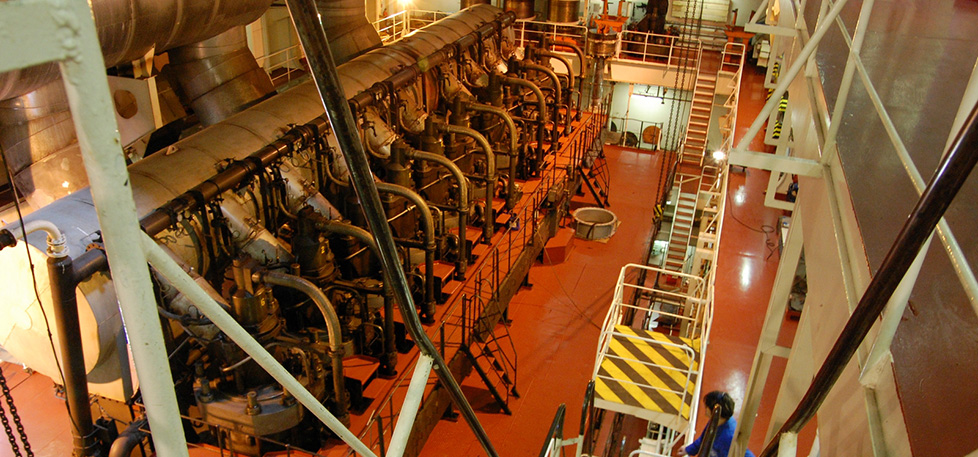Table Of Content

When it docked in port, it was being powered using an LNG hybrid barge. It was a revolutionary move made by the company and was the start of something significant. LNG-powered engines demonstrate a significant step towards greener and more sustainable cruise ship operations. The use of LNG as a fuel source aligns with the cruise industry’s commitment to environmental stewardship, ensuring a cleaner and more sustainable future for both operators and passengers alike. By prioritizing engine reliability and safety, cruise ship operators can provide passengers with peace of mind and a secure voyage. In addition to propulsion, the power requirements for onboard facilities and amenities must also be taken into account.
MSC Cruises Ship Delayed Due to Engine Difficulties - Cruise Hive
MSC Cruises Ship Delayed Due to Engine Difficulties.
Posted: Sun, 27 Aug 2023 07:00:00 GMT [source]
How Does Heat Escape from the Engine Room?
MSC Cruises announced the launching of MSC World Europa this year. It is their most technologically advanced cruise ship in the fleet. It was developed using 50 kW LNG-powered solid oxide fuel cell technology. MSC Cruises has indicated this technology will further decrease carbon emissions by 25% over standard LNG engines.
Propulsion Electric Motor
While passengers dine and enjoy their cruise aboard, crew members are constantly maintaining the proper fuel levels and providing proper power for the ship. As for the captain of the ship, he also has several variables to keep in mind to control fuel consumption and safety. Wärtsilä’s expertise covers the full spectrum of solutions and services, from cruise ship engines to digital solutions and from hybrid ships to lifecycle services. Cruise ships can stay productive and competitive – and on the steady course towards net zero operations. The electricity they produce is sent to electric motors, which then power and turn the propellers.
How Much Fuel Do Cruise Ships Use?
Dividing the engine room into different containers makes it easier for the ship to contain the damage if there’s a fire or leak in the hull. This is where crews demonstrate how to safely use life jackets and outline a designated meeting point in the event of an emergency. Be sure you know where your life jacket is in your cabin in the event you should ever require one. Abandoning the ship is only done as a last resort because moving guests from one ship to another over open sea can be dangerous. This is the same if passengers are instructed to go into lifeboats.

Only a few ships use wind power, but it is a viable option for future ships. Wind power is the traditional method of sailing, and it makes sense to return to it in an effort to be more environmentally conscious. The division of the engine room into separate compartments is for safety.
LNG technology also advances due to IMO's future maritime emissions regulations, especially in ports and while operating in environmentally sensitive destinations. Diesel engines are commonly used in cruise ships due to their efficiency and reliability. They provide the necessary power for propulsion and onboard systems while ensuring fuel economy and compliance with environmental regulations. Gas turbine engines offer high power output and quick response, making them suitable for high-speed cruise ships.
Subscribe to Marine Insight Daily Newsletter
Usually, ships fill up at various seaports and use fueling barges as floating gas stations. Vessels use lower-grade diesel which tends not to burn as purely as diesel-powered road-going vehicles. The history of LNG-powered cruise ships began in 2015 when Carnival Corporation announced its ship, AIDAsol (AIDA Cruises) would be the first to utilize LNG fuel.
Optimising ship lifecycle efficiency
Costs are further reduced since cruise lines no longer need to purchase a low sulfur-based fuel, which can be costly. Liquefied natural gas (LNG), which burns cleaner, is a non-electric marine fuel that reduces the emission of sulfur by %, carbon dioxide by 25%, and nitrogen oxide by 90%. Additionally, greenhouse emissions are reduced by 30%, eliminating particulate matter coming from the ship’s exhaust.
Thankfully, the ship’s complimentary amenities could distract you from your sobriety.
Staying in one of these cabins means that you will likely be exposed to plenty of noise and vibrations from the engine. You’re also likely to experience noise from the crew as they go to and from work throughout the day and night. Cruise ship engines also create vibrations under operation and those vibrations are going to be felt within the immediate area, including adjacent cabins.
It then gets transmitted to the propellers with the help of lengthy shaft lines, bearings and thrust blocks. There are around 100 cruise ships that have embraced this technology. These include Royal Caribbean International’s Oasis-class ships Oasis of the Seas, Symphony of the Seas, Harmony of the Seas and Allure of the Seas, to name a few. A conventional direct-drive diesel engine comes with disadvantages of high noise and vibration, especially during starting, acceleration and deceleration.
Due to high specifications and standards, it is rare for a cruise ship to experience engine failure. The International Maritime Organization has a “Safe Return to Port” initiative. Technological advancement in the design of ships is making rapid advancements and cruise ships are no exception to this.
No comments:
Post a Comment